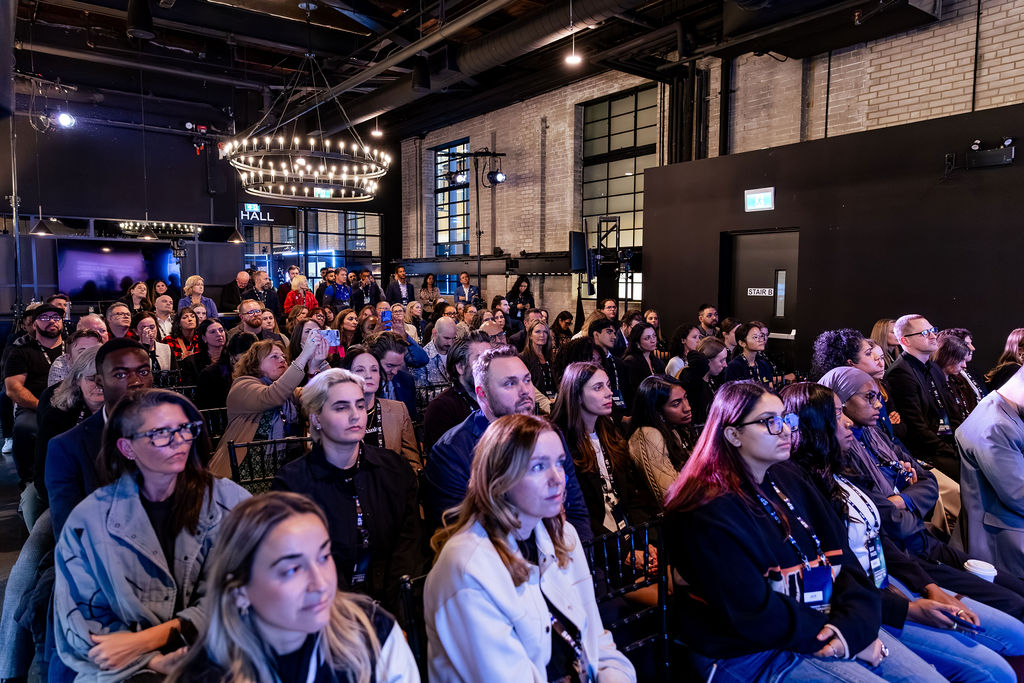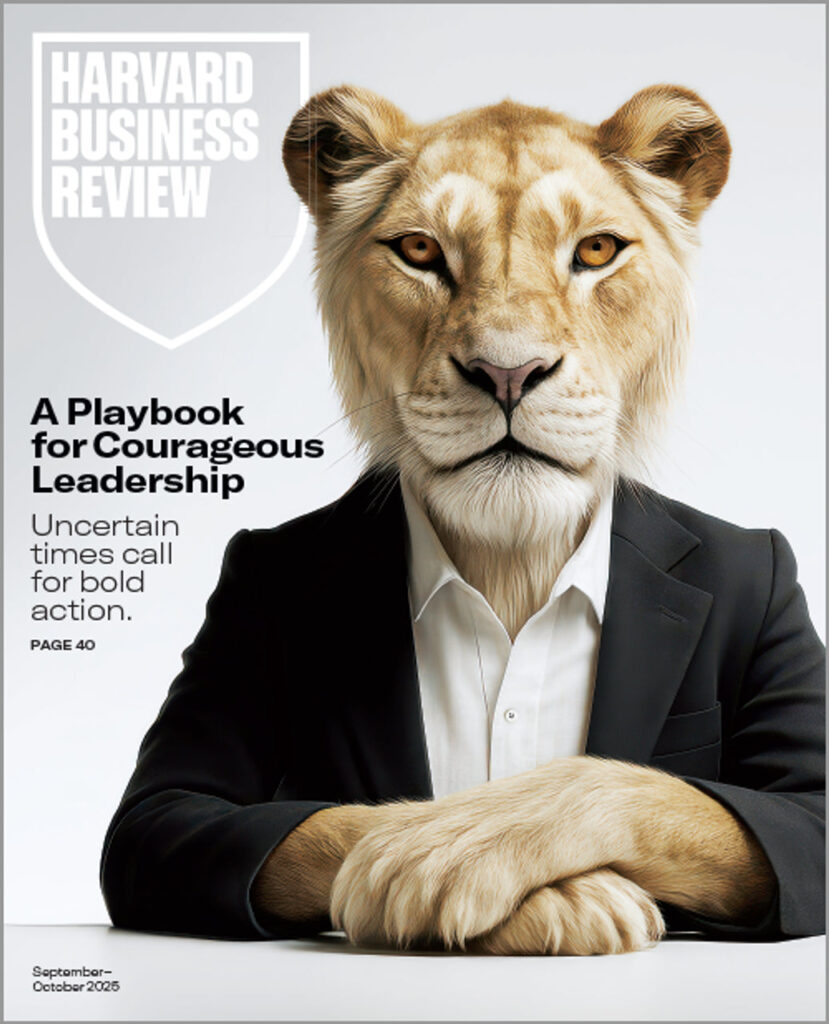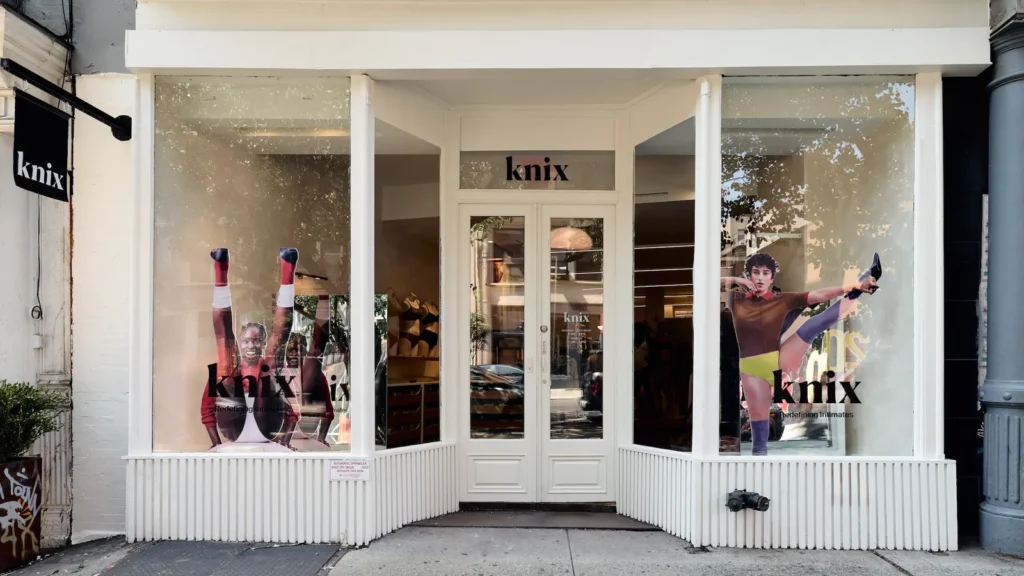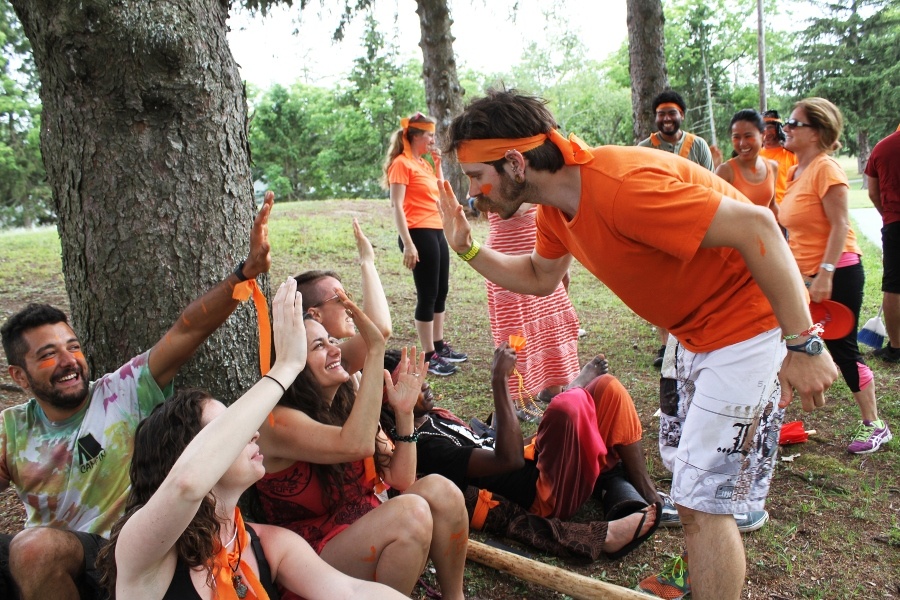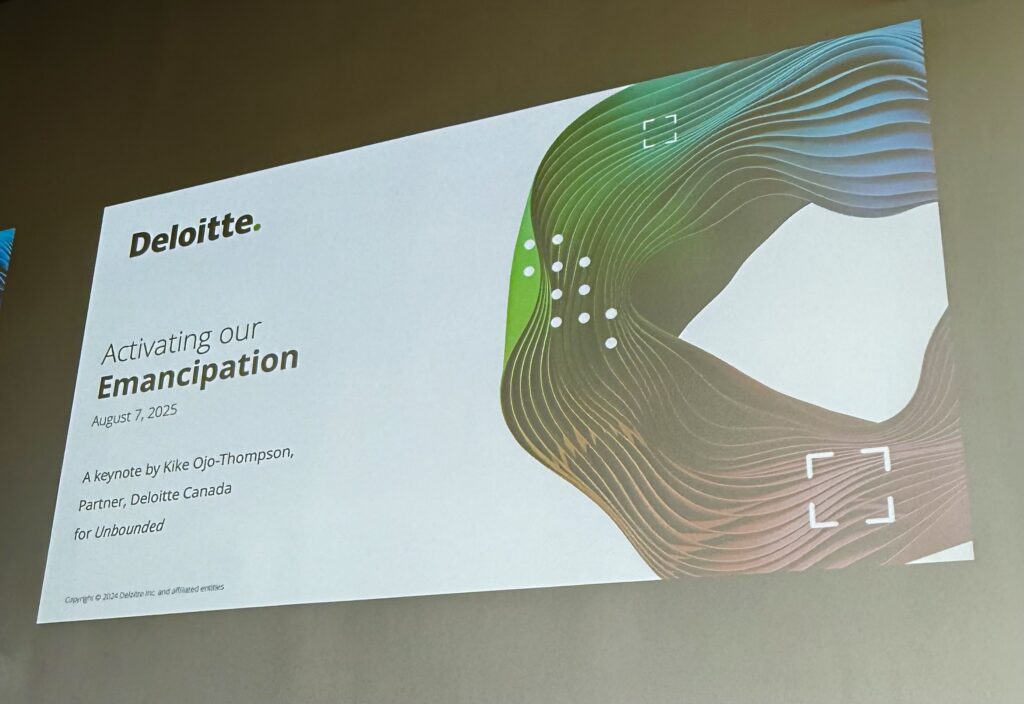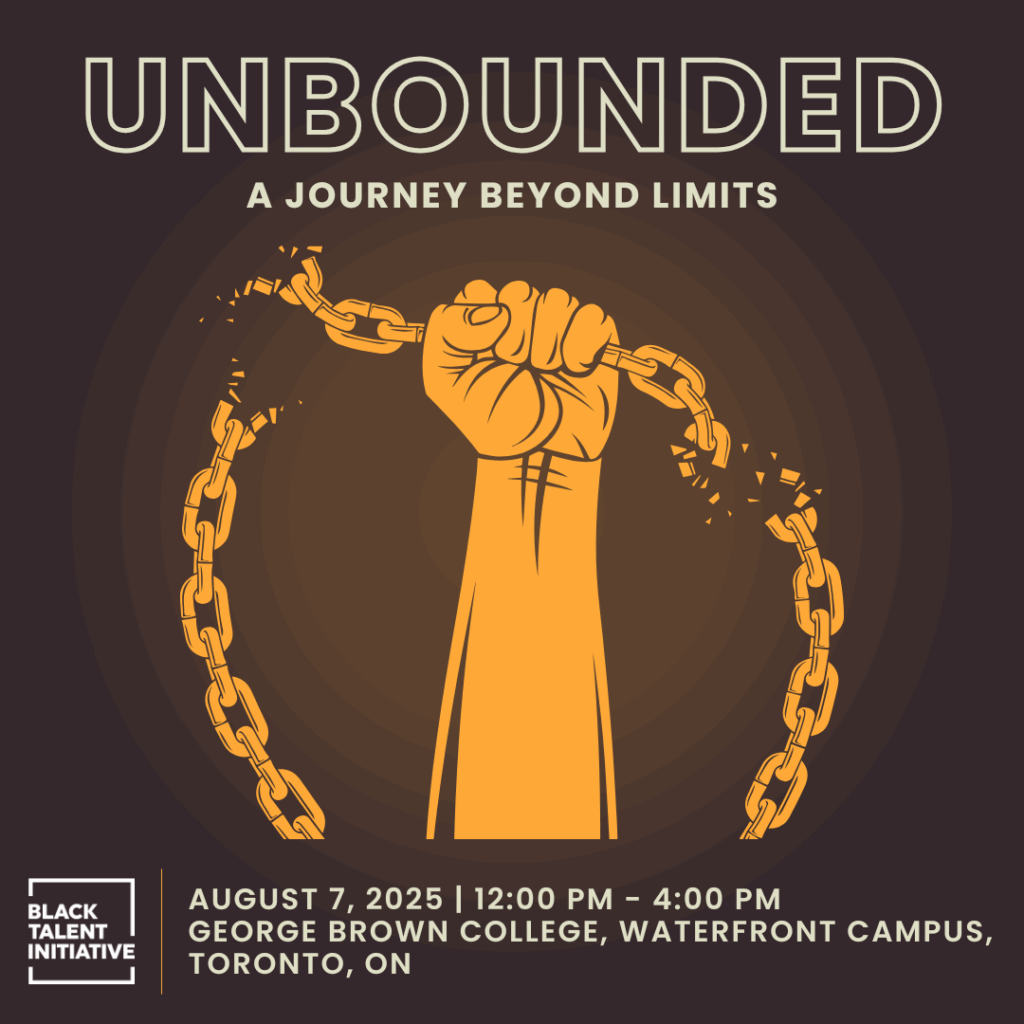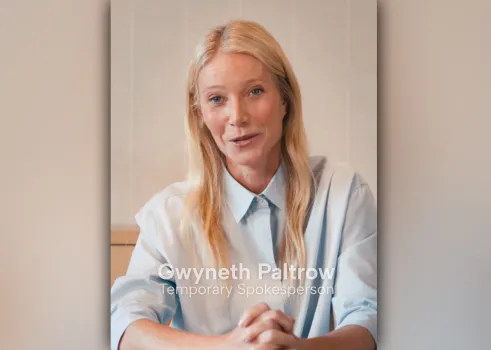What would you have imagined this year would look like if I had told you on January 1st, 2025, the following? That HBC would go bankrupt, AI would attract half of all venture capital globally, Donald Trump would declare Canada the 51st state and issue punishing tariffs for various unknown reasons, including a false narrative about fentanyl supply coming in from our borders. That the last place Toronto Blue Jays would come within a shoelace of becoming World Series champions? Oh, and that Chrystia Freeland’s December 2024 resignation as Finance Minister would trigger the end of Justin Trudeau’s political career?

Would you have imagined the Liberals winning the federal election and Trudeau winning Katy Perry’s heart? Would you have imagined a major « Buy Canadian » push that transformed brands and marketing, with slogans such as ” Elbows up ” and consumer boycotts on everything from travelling to Las Vegas to drinking Kentucky bourbon? Would you have anticipated that Canada’s unemployment rate would decline to a 16-month low of 6.5% at year-end?
I would not have imagined that compiling this list of challenges at the beginning of 2025 would unfold as it has. The emotional state of business leaders, employees, and investors at the start of the year was fragile, if not panicked, potentially comparable to the wave of concerns triggered by the pandemic in 2020. Yet somehow, as a business and society, we survived and even thrived. How come? All the data pointed to a Conservative election victory, financial doom and gloom across Canada, mass layoffs due to AI, and the Yankees pummeling the Blue Jays at every opportunity.
None of those things occurred to the extent we imagined. Like the Blue Jays, who turned the tables on the hated Yankees, Canada decided that teamwork was the way to battle back against headline-grabbing individuals, fearsomely overwhelming technologies, and the loss of the first company incorporated in Canada. We even elected a “CEO” instead of a Prime Minister.
In short, narrative defeated the numbers. When challenges arose, Canadian businesses, politicians, the government, and the media responded with patriotic messaging, reassuring mantras, and powerful storytelling. For those who study the theoretical aspects of marketing communication, this was a banner year for research. Problems once thought impossible were solved with words, not economic weapons or policy changes. Ultimately, the leaders who convinced the public they were best suited to the challenge, the brands that convinced the public they were best suited to provide a means of pushing back, and the institutions that convinced the public they had their elbows up all prevailed.
It resulted in new collaborations among businesses, new alignments among governing bodies, and a new level of confidence in our country than ever before. If ever there was a case study for the power of belief, this year was it. This was a case study in mindset, buy-in, and belonging that all leaders should study and try to implement. It is when humans face the most significant challenges that they rally around messaging that encourages them to band together, resist, and overcome.
Our resilience may be short-lived, and in the long term, the slowdown in investment may have a more significant impact on our economy than I currently realize. That much I will admit. However, you can’t argue with the thesis that 2025 was not the short-term disaster many predicted, and there is much we can learn that should provide a script for the next year and reassurance to our mindset heading into 2026.
The next chapter of this story is about to be told.



